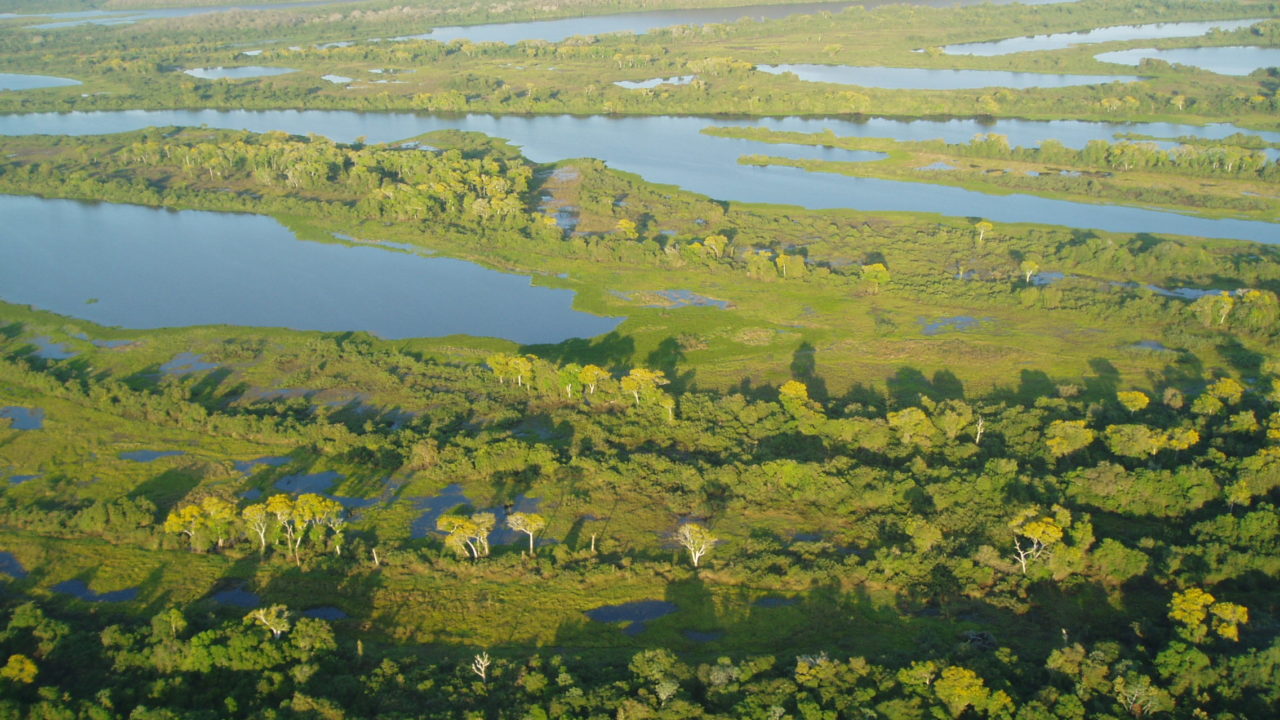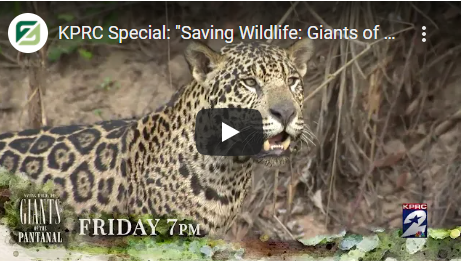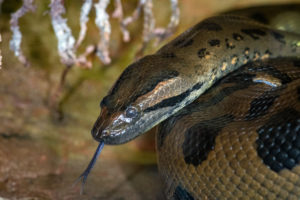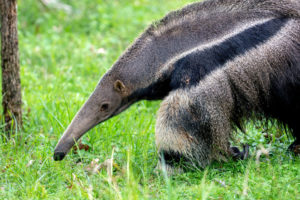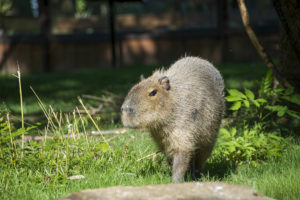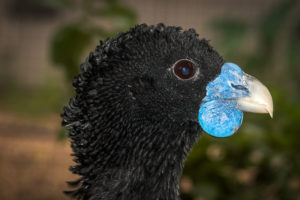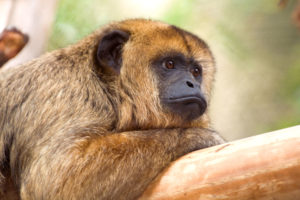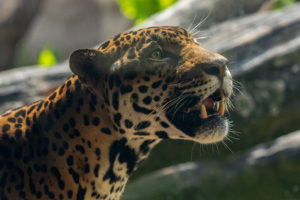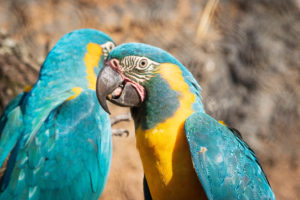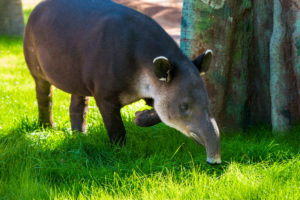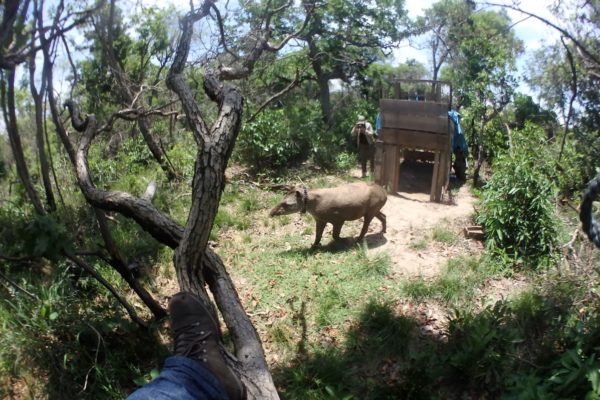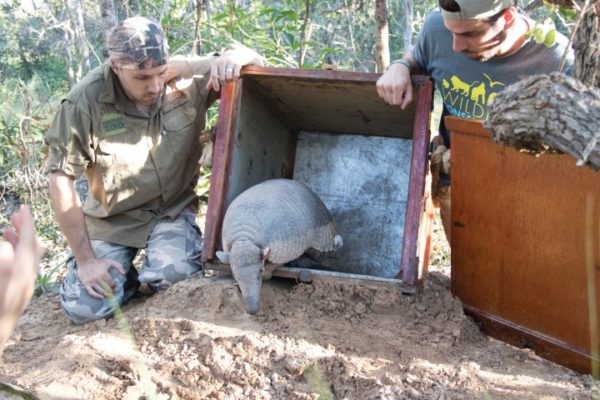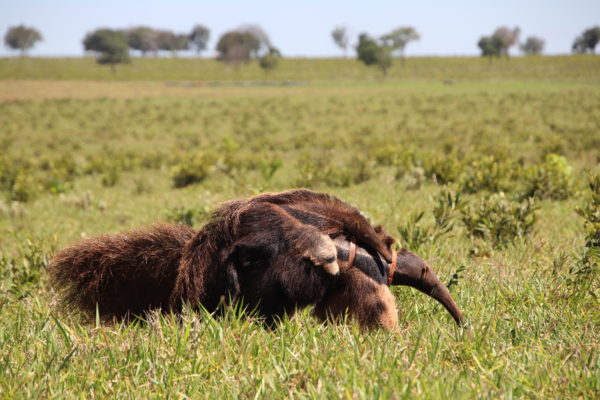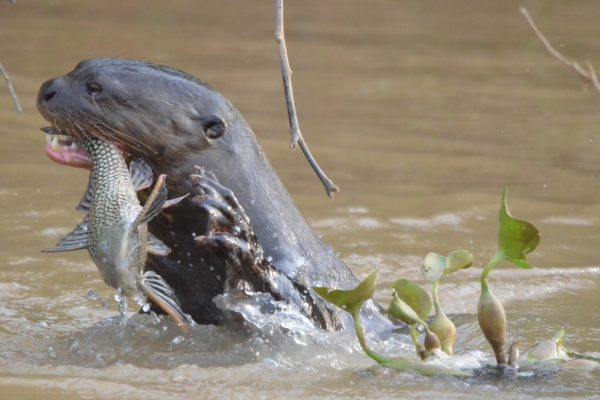About the Exhibit
South America’s Pantanal allows guests to explore the tropical wetlands of Brazil right here at the Houston Zoo. The lush habitat highlights animals we are protecting in the wild, including giant anteaters, tapirs, and more. Partnered with on-the-ground conservationists, the Zoo will offer visitors the chance to see these animals in an immersive and engaging trail. As guests enter South America’s Pantanal, they will encounter a set of rustic buildings, set on piers, evoking the eco-lodges that can be found alongside the rivers and streams in the Northern Pantanal region. The nature tourism these lodges support is one of the important ways this vital landscape and unparalleled wildlife assemblage is being protected.
KPRC Special: "Saving Wildlife: Giants of the Pantanal"
On Friday, Oct. 23, KPRC Channel 2 aired the one-hour feature of “Saving Wildlife: Giants of the Pantanal.” KPRC’s Andy Cerota and crew traveled with the Houston Zoo to South America’s Pantanal, the largest tropical wetland in the world, to see some of the most mysterious and biggest species on the planet, and highlight how we’re helping save these animals in the wild. Watch the feature below! See other conservation stories.
Animals to See Here
Sounds used in the ambient soundtrack heard throughout the PANTANAL exhibit are in part courtesy of Macaulay Library at the Cornell Lab of Ornithology. For information on individual species included, please see a Houston Zoo staff member for a list, or visit their website at macaulaylibrary.org.
